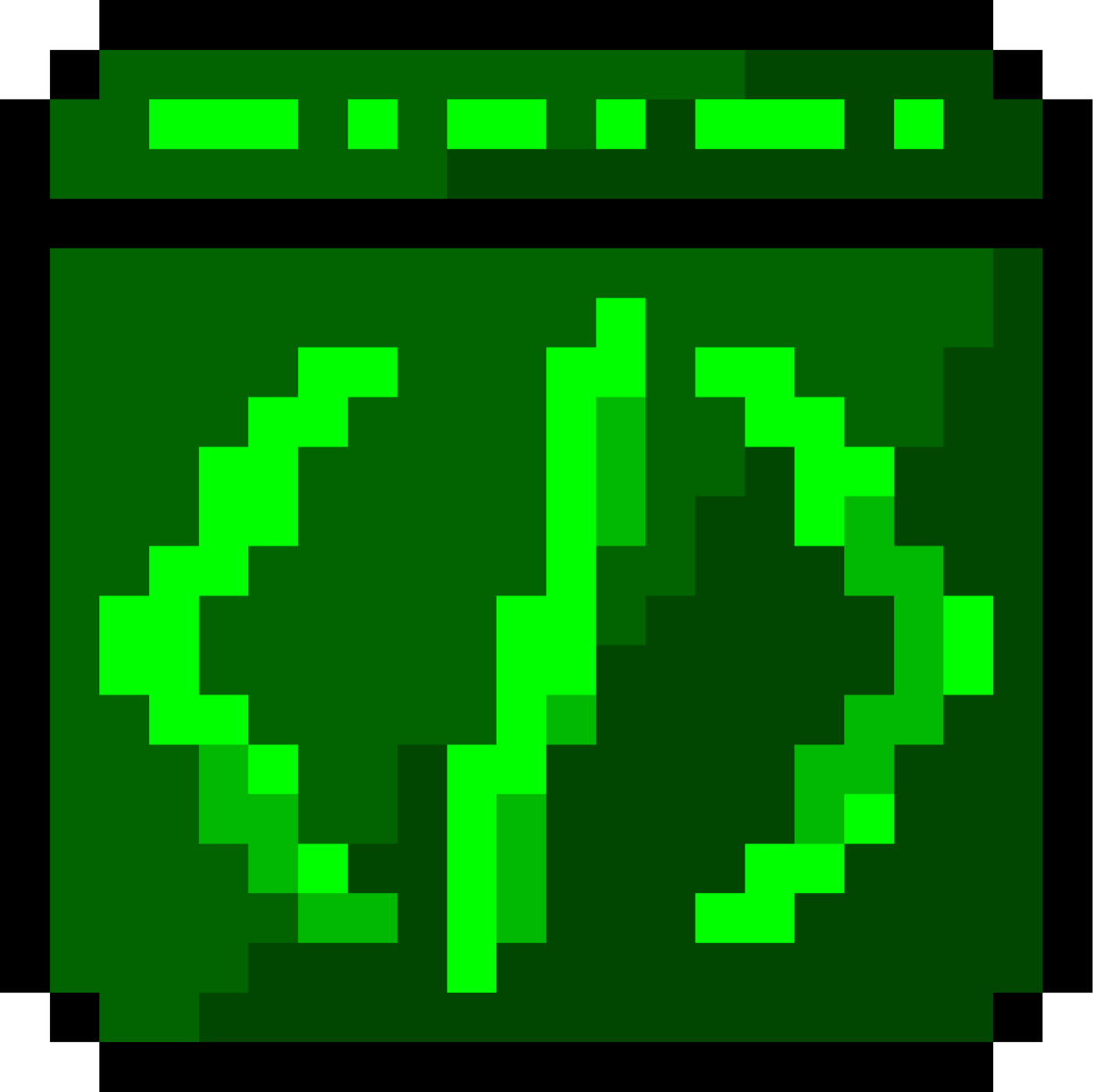143 reads
How to Reclaim Your Data Ownership: Leveraging Unix Philosophy for Modern Digital Workflows
by
November 6th, 2023
Audio Presented by

Multi-cloud is real, Microservices are hard, Kubernetes is the future, CLIs are good.
Story's Credibility



About Author
Multi-cloud is real, Microservices are hard, Kubernetes is the future, CLIs are good.